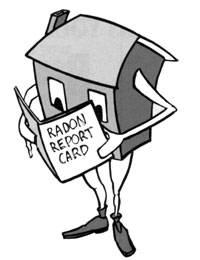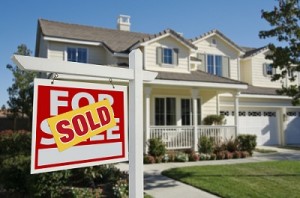EPA Cracking Down on Radon
Recently, the EPA announced its collaboration with groups such as the American Lung Association and the American Association of Radon. Because radon is known to be the second leading cause of lung cancer–right behind smoking–these groups have gotten together to help reduce radon induced lung cancer deaths. Through education and radon reduction strategies, the EPA hopes to reduce radon related deaths. They are determined to prevent 3,200 deaths annually by 2020.
Radon gas is a stealthy killer; you can’t smell, taste, or see it. It also does not produce symptoms, even minor ones–such as a headache. It will only produce symptoms when it is too late. Regardless you should watch for persistent cough, wheezing, heavy breathing, and lung infections. That is why education and radon testing for homes is so important. Iowa is known to have some of the highest levels of radon in the United States. On average, the levels in most Iowa homes are above the EPA red-zone, a 4.0 pCi/L. Anything above a 4.0 is considered dangerous.
Iowa Radon Testing and Mitigation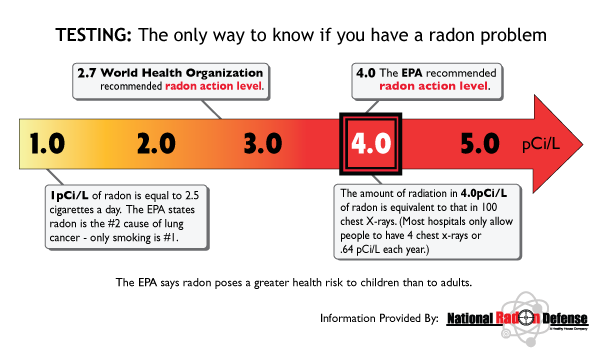
So, what should you do to keep you and your family safe and healthy? Regular radon testing is the first step. Contact us here at Ameriserv Radon, we can provide radon testing for your Iowa home. Radon testing is inexpensive, so it is a smart and responsible investment in your home and your family. We can also answer questions you may have about radon gas, radon testing, and radon mitigation. If you happen to find radon in your home after testing, do not panic. It can be fixed. Radon mitigation systems can be installed in your Iowa home. Radon mitigation is a way to expel the radon gas from your home. We can help determine which type of system is right for your Iowa home.
Contact us today to learn more about radon gas, radon testing, or radon mitigation. We have a team of experienced specialists who want to help educate the public on the dangers of radon. Our service area covers most of Iowa, including Carroll, Des Moines, Ames, Grinnell, and more. Ameriserv Radon is your radon expert for the state of Iowa. Give us a call today!
 Our Response to COVID-19
Our Response to COVID-19 


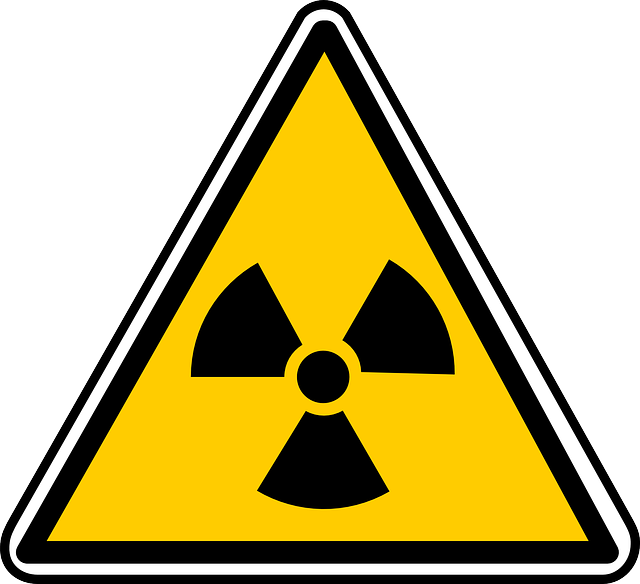
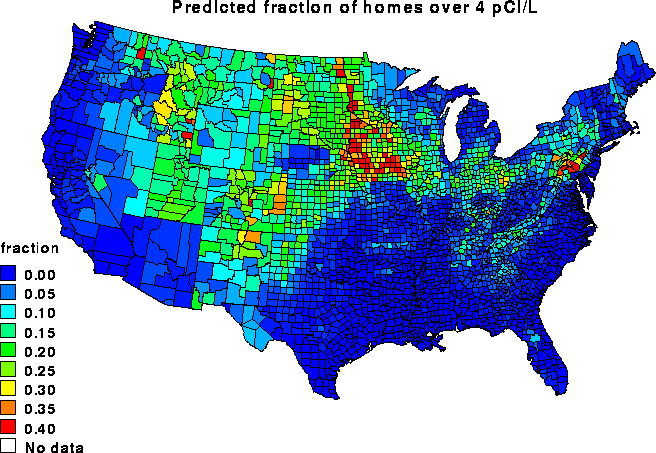
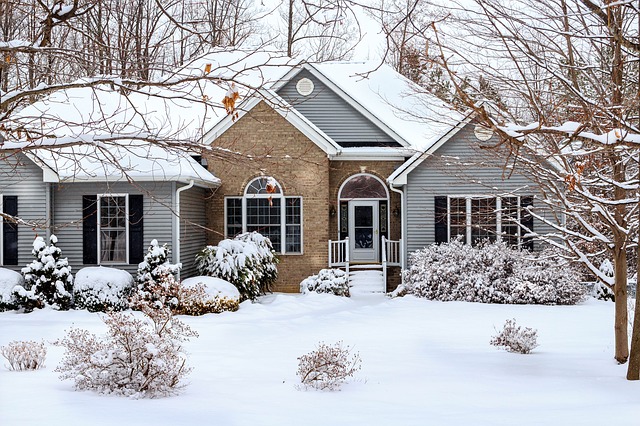 Less Ventilation: Because all of the windows and doors are kept closed during the wintertime, there is less opportunity for radon to escape. Instead, it builds up in the home.
Less Ventilation: Because all of the windows and doors are kept closed during the wintertime, there is less opportunity for radon to escape. Instead, it builds up in the home.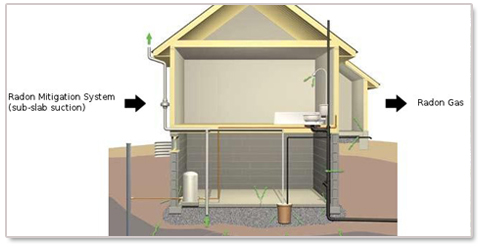
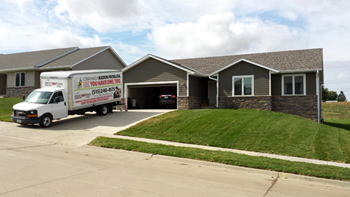

 Drought/Heat: When the ground is much drier than normal, it causes the water table to lower significantly. This exposes deeper layers of the ground, where more radon gas decays from uranium in the soil. This gas can seep into homes through cracks in the ground and in the foundation. Also, closed windows and air conditioning turned on generally provide less ventilation to remove radon.
Drought/Heat: When the ground is much drier than normal, it causes the water table to lower significantly. This exposes deeper layers of the ground, where more radon gas decays from uranium in the soil. This gas can seep into homes through cracks in the ground and in the foundation. Also, closed windows and air conditioning turned on generally provide less ventilation to remove radon.